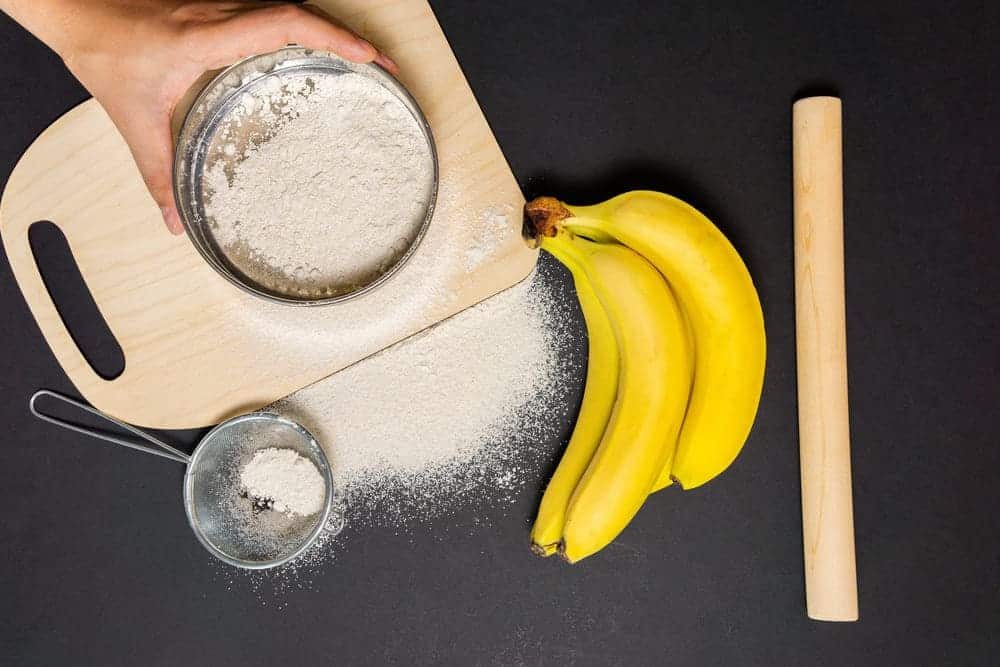
In order to get even and proper baking, you must want to learn about all types of flour. You can’t just utilize any flour without expecting the consequences that may ruin your recipe. All the baking goods require certain flour and replacing them unknowingly with other types of flour has greater chances to ruin the end product of your baking.
Low gluten flour is one type of flour that we extract from rice, buckwheat, almond, arrowroot, etc. This post will give you more ideas and a proper understanding of what low gluten flour is. Let’s get into the details of low gluten flour.
What Is Low Gluten Flour?
Flour is a major ingredient for many dishes. From cakes and cookies to gravies, flour is extensively used. Many people take low gluten flours in their daily diet where flour is required, due to their medical situation.
All the flours that are labeled as low gluten have less than 200 PMM of gluten. PMM is parts per million.
Gluten basically is very high in proteins. It is mainly contained in grainy food. Wheat is the highest container of gluten. Similarly, low gluten flours are the types of flours that are low in gluten content. People with celiac disease, tend to avoid gluten products due to their stomach’s sensitivity towards gluten.
Now that you have an adequate understanding of low gluten flours. Let’s discuss what types of flours are low gluten flours.
What Are The Best Low Gluten Flour?
Low gluten flours are found heavily in the market because of their significance. Although, these gluten-free flours are somehow in completion as well.
Here are some of the main low gluten flours:
1. Barley Flour:
Unlike most of the non-gluten flours, barley flour contains a littlest of gluten content. This flour is extracted from grinding whole wheat barley and has some nutty taste. Due to its very low-calorie content, barley flour is used in baking yeast bread. It is extensively used in pancakes and bread.
2. Pumpernickel Flour:
This is a strongly flavored low gluten flour, obtained directly from coarsely grounded whole rye berries. This flour qualifies as whole wheat’s rye equivalent. The texture is dark.
3. Rye Flour:
Rye flours tend to an ideal option for diabetic people. They have very low gluten content. They range from light, medium, and dark varieties depending upon how much the bran content is refined.
4. Spelt Flour:
Spelt flour is another major low gluten flour which is also considered as one of the best substitutes of baking flour. This flour has more nutritional content than whole wheat flour which makes it more precious for baking purposes healthcare-wise. Spelt flour has quite a nutty flavor.
5. Graham Flour:
This flour is one of the best examples of low gluten flour which is highly rich in nutrients and dietary fibers.
Conclusion:
Low gluten flours are always extensive in use especially for people going through some medical conditions. Above are not all but the main low gluten flours.